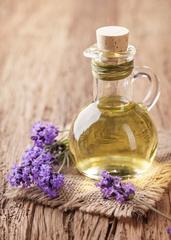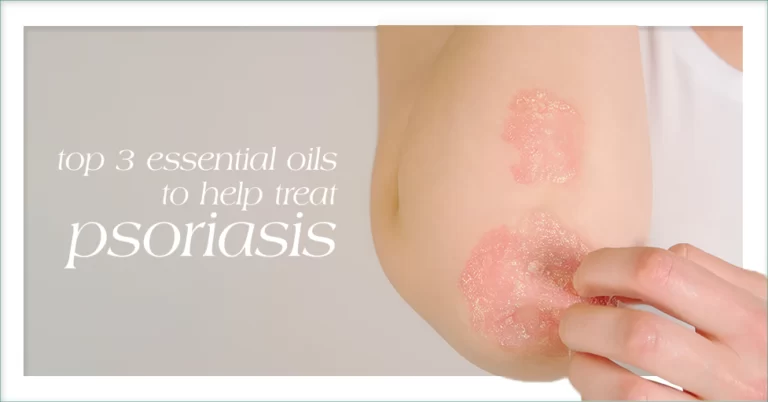Essential Oils Part Two: Extraction
Essential oils have been used across the globe and in every culture on earth for thousands of years. Equipment for the production of aromatic oils by means of steam distillation has been discovered in tombs and ruins over 5,000 years old.
Extraction Method
Essential oils are extracted from aromatic plants’ glands, ducts or cells, woody tissue and sap. Generally speaking the most commonly used method is extraction via steam distillation.
However, even for the same plant, the extraction of the oil from different parts of the plant can be different. The therapeutic effects and the risks involved are also different. The various extraction methods are:
are also different. The various extraction methods are:
- Water Distillation: the fragrant plant materials are put into a large distillation pot, vat or still with a certain ratio of boiling water according to a percentage. The steam and oils are captured and then separated out to produce the essential oil
- Water and Steam Distillation: the fragrant plant materials are placed into a sieve or on a grate atop a distillation vat/pot/still. The water below is heated up causing steam distillation of the material. The steam and water are pushed through the plant material where the steam and oils are captured and then separated out to produce the essential oil
- Steam Distillation: the fragrant plant materials are placed into a sieve/grate and subjected directly to steam. The steam is usually injected into the plant material at slightly higher pressures and temperatures than the above two methods
- Cold Press (Expression) method
- Enfleurage (Fat Absorption) method
- Solvent Extraction method
Excellent short video from the Discovery Channel on distilling essential oils
Essentially, steam distillation occurs in a big still, not unlike those used for fermenting alcohol. The plant material is loaded into the vessel until it is compacted tightly. Then the container is closed and a boiler is started to inject steam at varying pressures into the bottom. The steam rises, heats and bursts the glands and cells of the plant material releasing the essential oil. To collect that oil a cold pipe is fed through the container causing the steam to condense. Once it is cooled, the water settles, and because oil and water do not easily mix, the essential oil naturally separates and rises to the surface. It is then filtered for greater purity. This is pure essential oil. The leftover mixture of water can also be sold and used as “floral water”.


Very interesting.